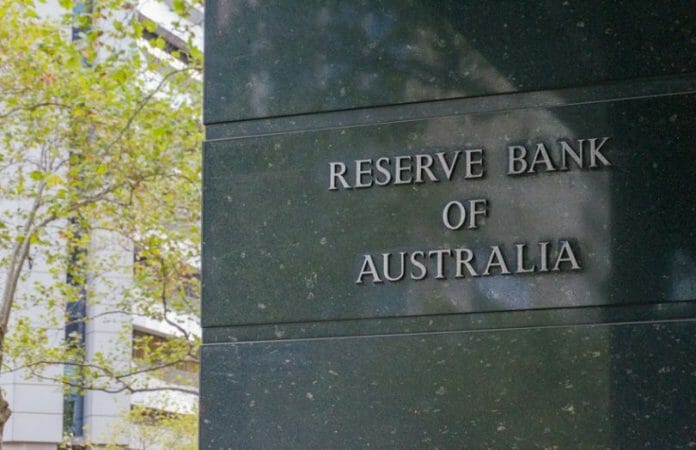The recent release of the RBA Minutes offers insights into the central bank’s stance on monetary policy. It appears that the RBA is satisfied with its current policy settings, noting that the data is aligning with their expectations despite declines in growth and inflation.
However, the RBA remains vigilant, seeing risks to both inflation and growth as balanced.
Temporary factors such as decreasing fuel prices have contributed to the recent decline in monthly inflation rates, but the RBA anticipates inflationary pressures to gradually increase due to factors such as the cessation of electricity rebates.
Additionally, persistent services inflation, particularly in rents, coupled with the gradual closure of the gap between domestic demand and supply, suggest a gradual alleviation of upward inflationary pressures.
Yet, the RBA expresses concerns that inflation may take longer to return to target than anticipated, echoing trends observed in other economies. As a result, the central bank keeps the door open for potential adjustments to the cash rate in the future, signalling a cautious approach to policy changes.
In terms of market implications, the RBA’s plans to adjust its cash rate targeting methodology toward short-term money market rates indicate a shift away from pandemic-era unconventional monetary policies.
Despite this transition, local banks anticipate minimal impact on their funding costs, suggesting limited repercussions for FX or rates markets.
The RBA’scomparatively delayed initiation of rate cuts reflects the resilience of the Australian economy, buoyed by robust levels of migration and substantial business investment reminiscent of previous mining booms.
Although household consumption remains subdued, the Financial Stability Review highlights households’ ability to withstand higher rates, supported by a tight labour market and forthcoming boosts to household incomes from tax cuts.
In the currency markets, the AUD/USD pair faces downward pressure from various factors, including higher UST yields, a strengthening USD, and concerns over China’s growth prospects dampening iron ore prices.
Consequently, a long position in AUD/NZD may be favoured to reflect the RBA’s delayed rate cutting cycle relative to other G10 central bank.
Market commentary and analysis from Luca Santos, currency analyst ACY Securities









